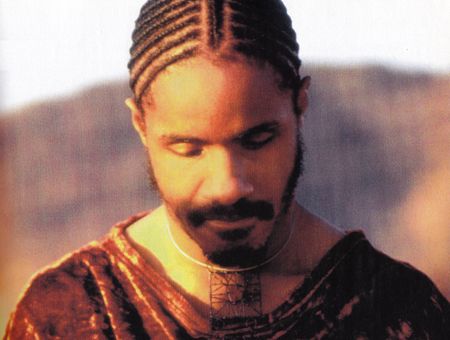Annie Allot discusses the history of the African braiding technique, and explains how this constitutes cultural appropriation and a form of covert racism.
About Cornrows:
Defined as any hairstyle that weaves together three pieces of hair, cornrows can be simple or complex, and emulate detailed geometric designs. Black men and women favour braids for being long lasting and easy maintenance. During slavery, Sunday was usually the only day off, and therefore the only day to do hair. Because of this, braids were favoured due to their durable nature as they had to last for seven days. With slave owners often responsible for raping female slaves, many white wives of slave owners women envied the beauty of braids, and they were ordered to cover their hair.
Hair braiding is an exceptional form of self-expression. They can be weaved with coloured extensions, which also add length, beads, and shells. It is also a valuable skill and talent, braiding a whole head of hair can take hours. Because of this, hair-braiding is not only deeply-rooted into culture, but has also been described as reflecting memories from childhood.
In the 1970’s and 1980’s black talent, such as Stevie Wonder, Nina Simone and Jada Pinkett-Smith, rejected the white beauty standards by sporting cornrows on stage and on the red carpet.

Credit: Hype Hair
Examples of the Cultural Appropriation of Braids:
Shortly after these black artists reclaimed braids, the movie “10” was released (1979). The main character, who was played by Bo Derek, a white woman, became famous for her platinum blonde cornrows. This is when cornrows became ‘fashionable’ and were renamed “Bo Braids” by the media. This is a perfect example of cultural appropriation. Braids were unacknowledged or deemed as “ghetto” when worn by black men and women prior to this Hollywood movie, but when worn by a white woman, braids suddenly perpetuated beauty and were viewed as chic and contemporary.
Comme des Garcons 2020 – at Paris fashion week the cast of the show were mainly white men. They were seen sporting cornrows, many of them platinum blonde. The designer received a lot of backlash, many arguing that a more representative cast of models would have been more appropriate.

Credit: The Guardian
Marc Jacobs 2016 – The cast were again, predominantly white models who wore dreadlocks at a New York fashion show. Though not cornrows, this is still a form of cultural appropriation. Super models such as Gigi Hadid were seen modelling at the show.

Credit: The Guardian
Kim Kardashian 2017 – Kim Kardashian West has been seen wearing cornrows on many occasions alongside her string of influential sisters. However, her most controversial moment was when she captioned an Instagram picture of herself wearing platinum blonde braids with the caption “BO WEST”. It was argued that Kim was ‘white-washing’ the culture of cornrows, not acknowledging their Afro-Caribbean origins.
How can we move forward?
Firstly, it now time for white individuals in the industry to consider staying away from cornrows and dreadlocks. It is a form of cultural appropriation, and these styles do not take well to European hair, as they do not have the same lasting power.
Try not to white-wash hairstyles that are deep-rooted in black culture. Calling cornrows “Bo braids” or “boxer braids” completely removes the cultural background of these hairstyles and reclaims them as a part of your culture which they are not.
For further articles explaining the further historical significance of cornrows by by black writers, see these resources: https://face2faceafrica.com/article/how-cornrows-were-used-as-an-escape-map-from-slavery-across-south-america https://face2faceafrica.com/article/how-hair-was-used-to-smuggle-grains-into-the-caribbean-by-african-slaves https://www.gq.com/story/what-cornrows-mean
Finally, when hairdressers re-open, maybe do some research into hairdressers in your local area and support the businesses of black/poc individuals in your community.

